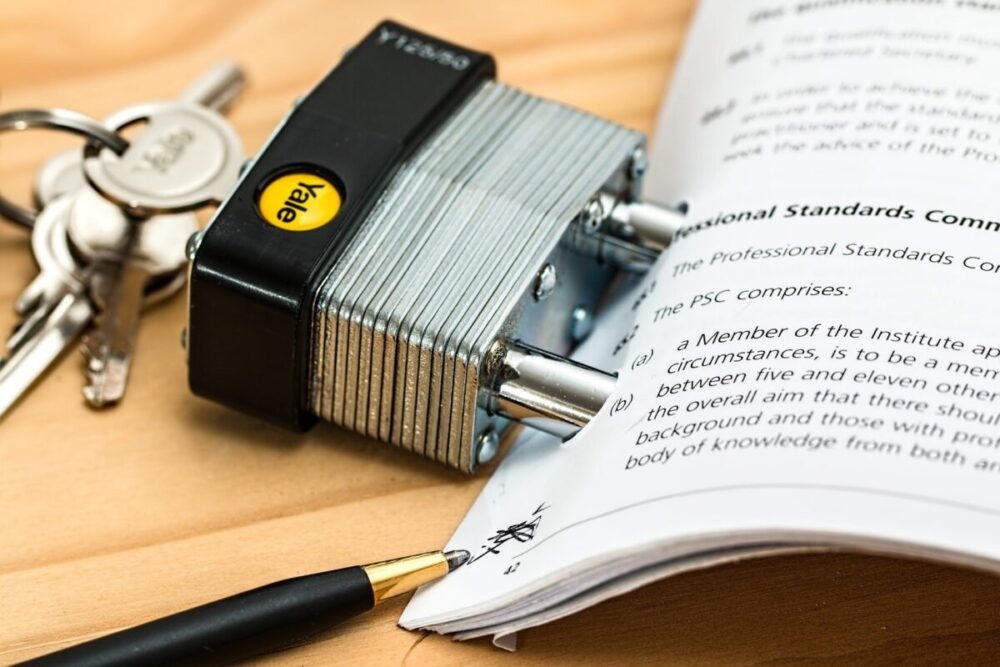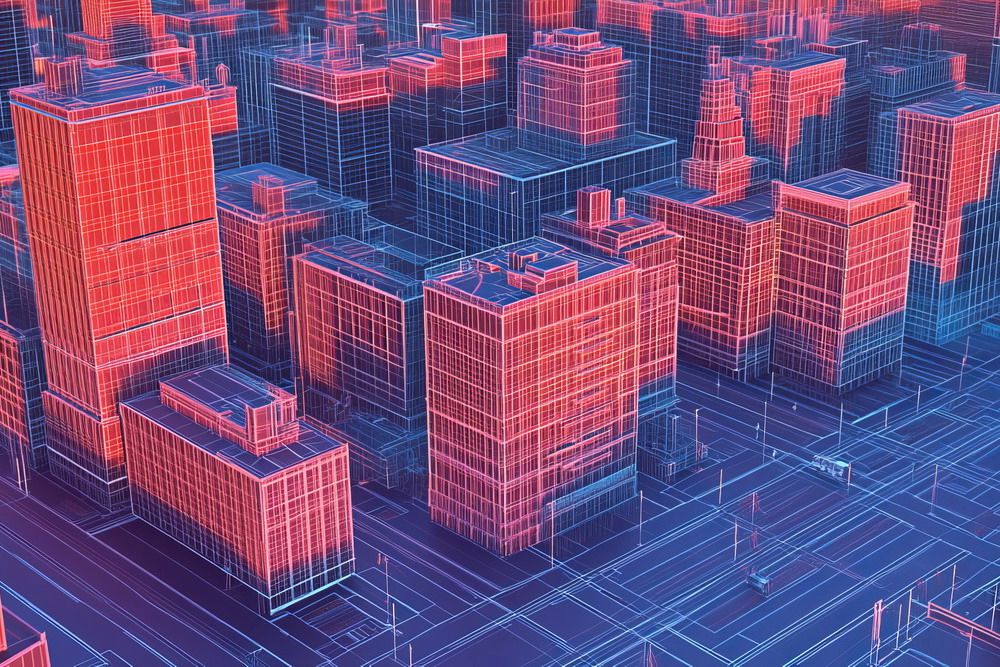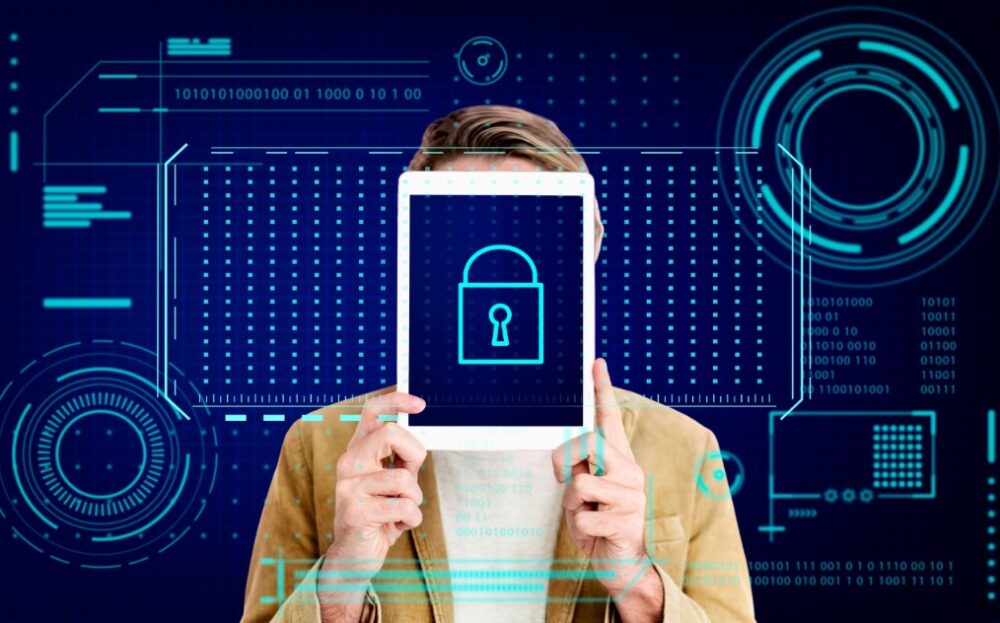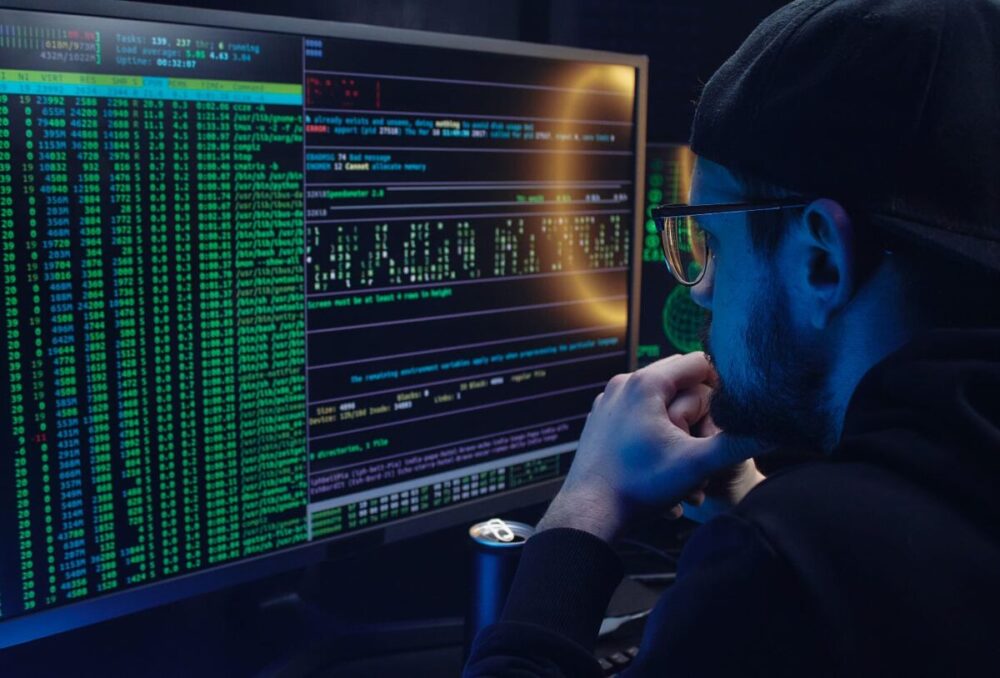It is impossible to place enough emphasis on the importance of maintaining confidentiality in an era when information is frequently compared to gold. Every day, we deal with vast amounts of data, some of which is private, proprietary, or sensitive, and protecting this data requires the utmost caution and attention. It is not only an ethical responsibility, but also, and in many cases especially, a legal obligation, to keep sensitive information private. How, then, can one make certain that such information continues to be protected from access by unauthorised parties and from prying eyes? Let’s get to the bottom of the data protection industry, shall we?
Stages of Data Life: Creation to Destruction
From the moment a piece of data is generated to the time it’s disposed of, it undergoes various stages. And at each stage, it’s susceptible to breaches. While many of us think of safeguarding data in its ‘live’ state, it’s equally critical to secure it when it’s being disposed of. Here, tools like security shredders play a pivotal role. They ensure that physical documents, once no longer needed, are destroyed in a manner that makes data reconstruction impossible.
Digitally Shielding Your Data
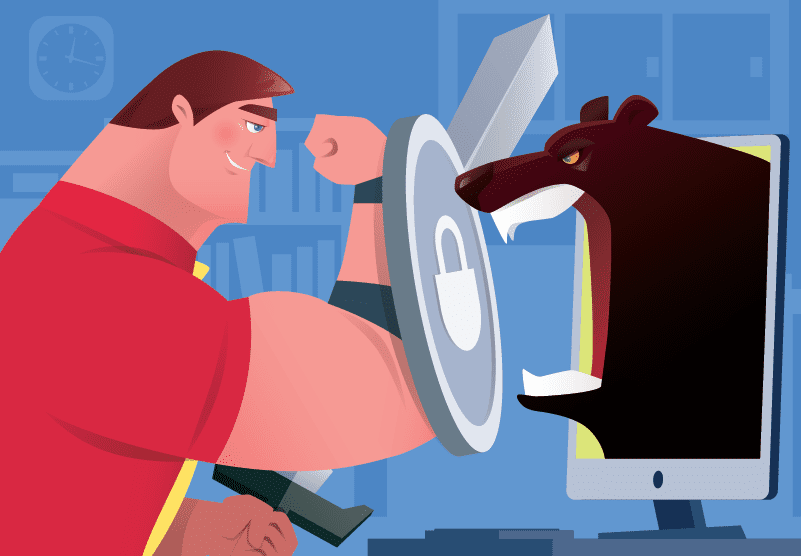
- Password Protection and Encryption:
- Focus on the fundamentals first! Always use a password to protect anything important, whether it’s your smartphone, laptop, or a particular document. Take data protection one step further by encrypting it with tools, which will turn it into a code that will prevent unauthorised access.
- Two-Factor Authentication (2FA):
- This adds an extra layer of security. Even if someone cracks your password, they’d need another form of identification (like an OTP sent to your phone) to access the data.
- Regular Backups:
- Backups do not directly prevent unauthorised access; however, they do ensure that data is not lost in the event of a situation such as ransomware attacks, in which hackers block access until a ransom is paid.
- Keep Software Updated:
- Vulnerabilities in software are constantly being patched by developers. Maintaining the most recent version of your software gives you the best possible defence against known vulnerabilities.
- Virtual Private Networks (VPN):
- VPNs create a private network from a public internet connection, masking your IP address and encrypting data transfers.
Protecting Physical Documents
- Secure Storage:
- Invest in cabinets that lock or have secure access mechanisms. Only authorized personnel should have access.
- Controlled Access Areas:
- If you perform sensitive work at your workplace, designate certain areas that only those with the appropriate clearance level are allowed to enter.
- Document Handling Protocols:
- Provide your staff with training on how to properly handle and dispose of sensitive documents. This includes making use of security shredders, not leaving important papers out where anyone can see them, and not taking them off the premises without permission.
Recognizing and Mitigating Human Errors

Often, breaches occur due to simple human errors rather than complex hacking techniques.
- Regular Training: Educate your team about the importance of data protection. Hold refresher sessions to update them on new threats and prevention techniques.
- Clear Protocols: Have protocols in place for reporting and managing any data breaches. This ensures timely action, minimizing potential damage.
- Limit Access: Not everyone in your organization needs access to all data. Limiting access reduces the chances of unintentional leaks.
The Importance of Data Disposal
When data or a document has served its purpose, its journey doesn’t end there. It’s crucial to dispose of it securely.
- Digital Wiping: When disposing of electronic devices, ensure that data is wiped, not just deleted. Specialized software can help with this.
- Security Shredders for Physical Documents: As mentioned earlier, these devices are critical for ensuring that once a document is no longer needed, its contents can’t fall into the wrong hands.
Privacy in Personal Communications
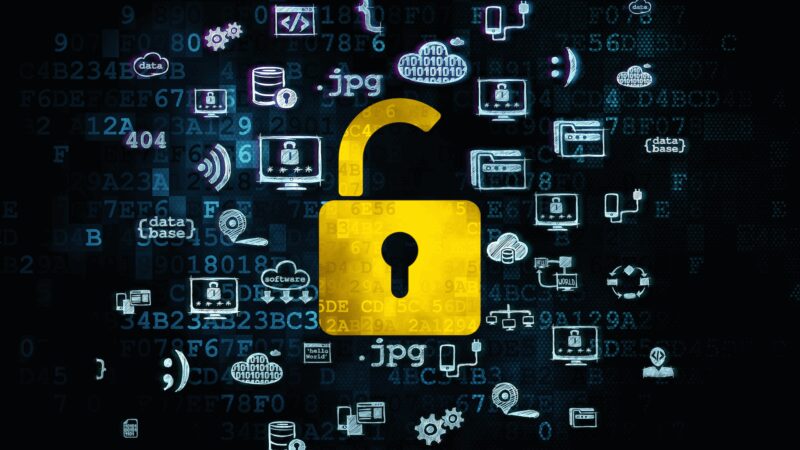
With most of our communications moving online, it’s essential to ensure that personal conversations, especially those involving sensitive information, remain private.
- Encrypted Messaging Apps: Platforms like Signal and Telegram offer end-to-end encryption, ensuring only the sender and receiver can read the messages.
- Beware of Phishing Attempts: Always be skeptical of emails or messages asking for personal information or those that seem suspicious. Phishing scams trick individuals into giving away sensitive data.
Confidentiality is Everyone’s Responsibility
Maintaining confidentiality is not only the responsibility of those working in information technology or in positions of higher management. It is the responsibility of all parties involved. A breach in one area can have a domino effect, impacting various aspects of an organisation or individual lives, if we live in a world that is increasingly interconnected. By taking a preventative stance, maintaining awareness of the most recent security risks, and performing routine reviews of our security procedures, we can guarantee that sensitive information will continue to be treated as such and will remain hidden from prying eyes. Therefore, the next time you are about to throw away an old report or are having an online conversation with a friend, keep the principles of data protection in mind. In this day and age of technology, it serves as our defence.

